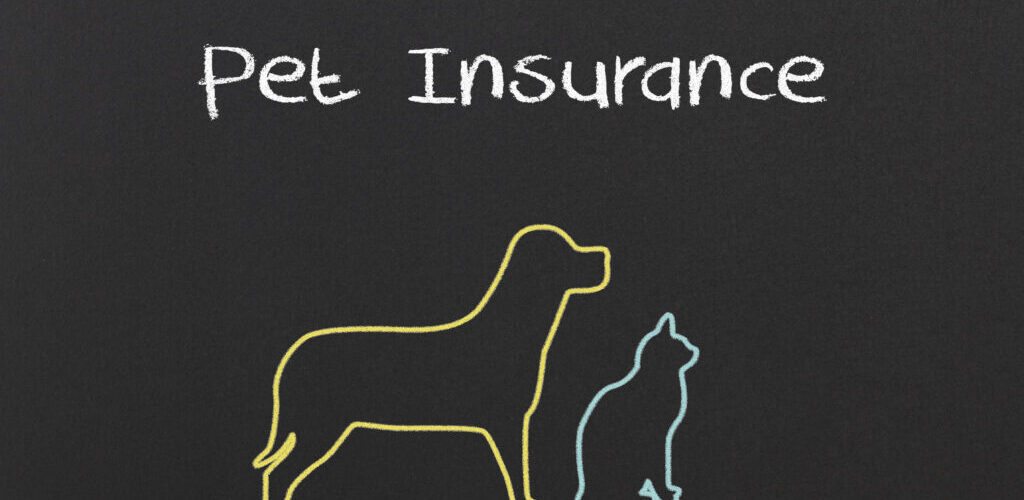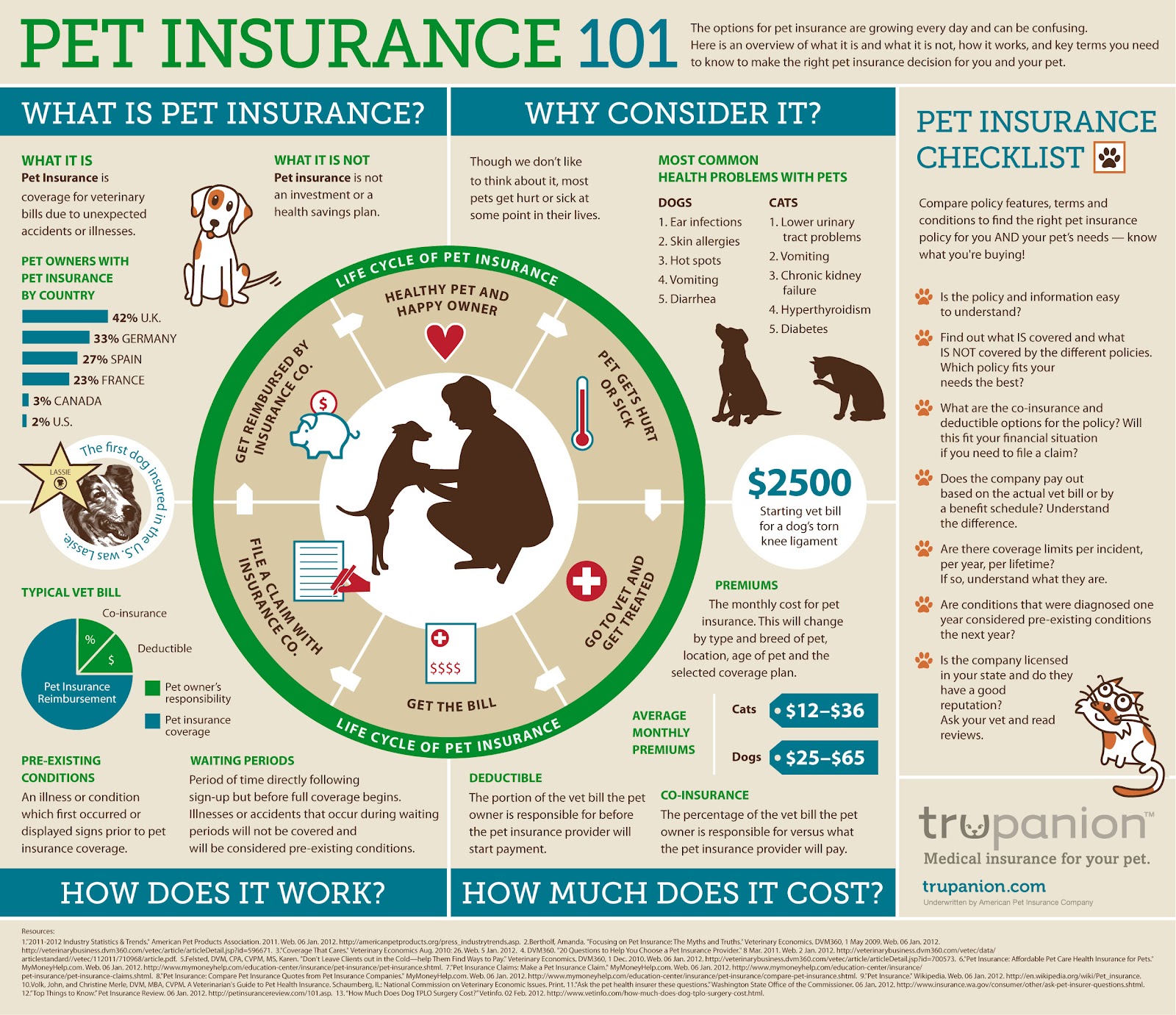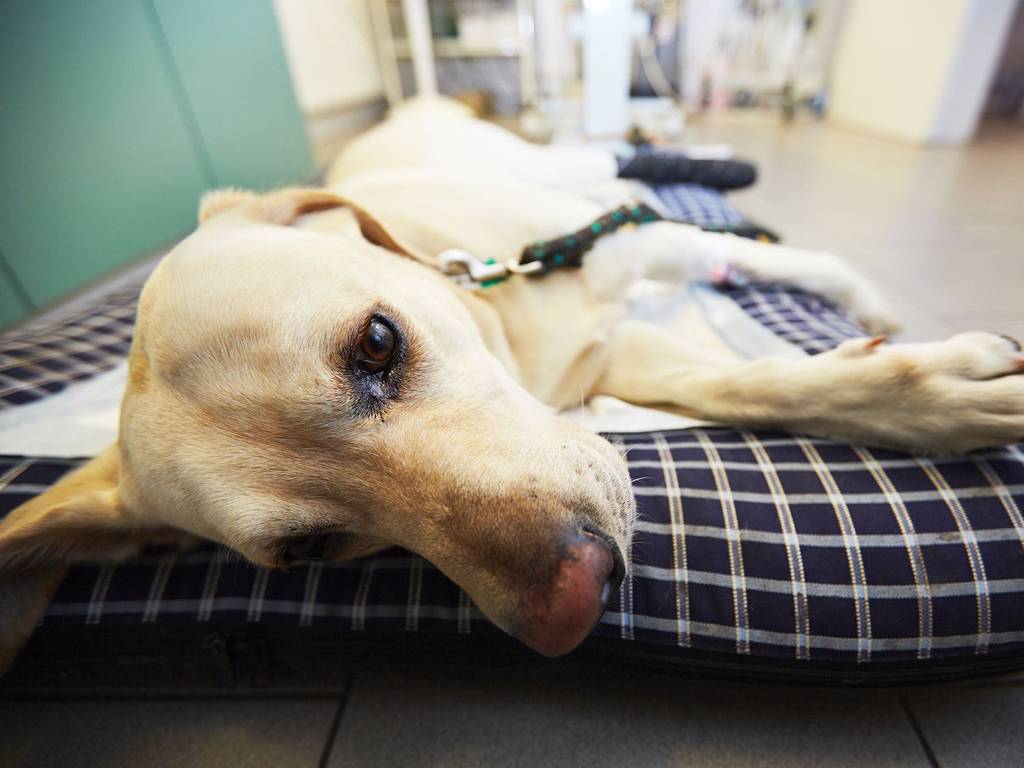The relationship between humans and animals goes back to the dawn of history when humans took them to their homes and took them as companions and family members. Mostly pet owners see their pets the same way they see their children. Advances in veterinary science are allowing owners to research many of the procedures specific to their animals that were previously only humans. These procedures can be expensive as the average cost for emergency veterinary treatment often ranges between $800 and $1,500 for cats and dogs.
[adinserter name=”Block 1″]
What Is Pet Insurance?
Pet insurance are insurance policies that a pet owner purchases that help reduce the overall costs of expensive vet bills. Similar to human health insurance policies, pet insurance covers, in whole or in part, often very expensive veterinary procedures.
Pet Insurance Coverage
[adinserter name=”Block 2″]
A pet owner should research the range of options offered by the policy before choosing a level of pet insurance coverage. Insurance companies’ policies may vary as coverage may include some or all medical expenses such as accidental injury, illness, medical procedures or routine care. Among these options are the following:
- Accident coverage only: If your pet is injured as a result of an accident, this level of coverage can help with treatment costs. For example, dog bites, car accidents, and broken bones.
- Illness Cover Only: Covers illness or unexpected illness in a healthy pet, such as infection, upset stomach, or skin conditions.
- Accident, Illness and Preventive Care: Top-level documents provide a range of services, including coverage for accident, illness and routine care.
Depending on the insurance company and level of coverage you choose, your policy may include anti-breeding, annual vaccinations, dental procedures, after-hours service, and even emergency admission fees .
Other Types of Pet Insurance Policies
Pet insurance types include different types of services. There are some common pet insurances around the world:
- Veterinary care insurance: Reimbursement for costs made by the vet based on agreed coverage.
- Life insurance: Provides compensation equal to the pet’s value if your pet dies, escapes or is stolen.
- Rehabilitation insurance: It reimburses you for costs related to exercise and physical therapy when your pet suffers muscle injuries or fractures.
- Animal husbandry (reproduction) insurance: In this case, the insurance will compensate you if you lose your income from raising animals if your pet is unable to reproduce.
Pet Insurance History
The first pet insurance offers in the United States came in 1980, but the emergence of this type of insurance in other parts of the world dates back to the 1890s. The star of dog TV and the heroine of the famous movie called “Lassi” made her owners buy a caring policy in 1982. Nationwide issued its first pet insurance policy in 1982 under its veterinary branch of Pet Insurance. Since that beginning, the product has grown in popularity, according to the North American Pet Health Insurance Association (NAPHIA). A report in the New York Times stated that more than two million pets were insured in 2017. The report also showed that pet insurance numbers for 2017 represented a 17% increase over the 2016 figures.
Sweden Leads the World in Pet Insurance
Pets in Sweden are among the most faithful in the world. Reports in 2018 indicate that approximately 57% of pets are insured in Sweden. This is a very high percentage even compared to other Nordic countries. It is believed that this is due to several reasons, including:
- Some think it has to do with Sweden being one of the most animal-friendly countries in the world.
- Some say pet insurance has been around for so long that it has become a common practice and a staple for Swedes. Sweden’s first animal insurance policy is believed to have been introduced in 1890.
- Some are afraid of huge vet bills. Pet care is very expensive in Sweden and is not covered by the government like human health care in Sweden.
- Finally, some believe that insurance is just part of the Swedish way of life.






